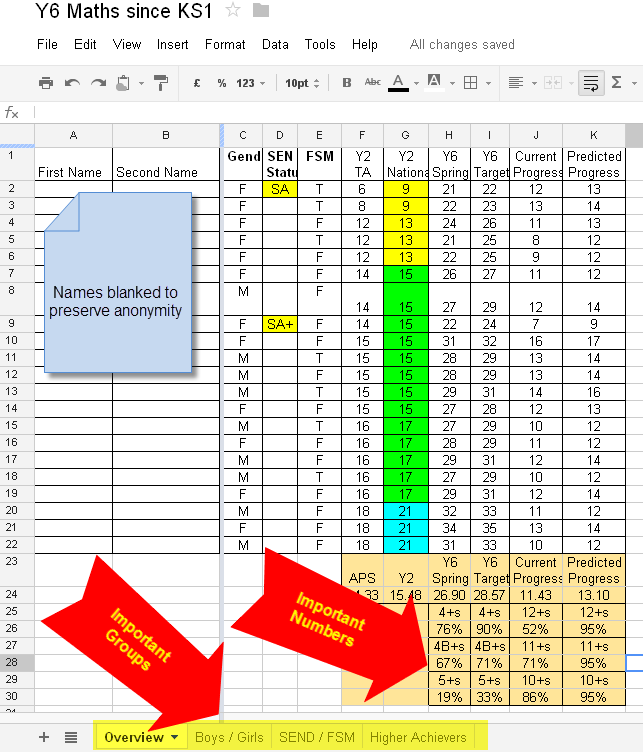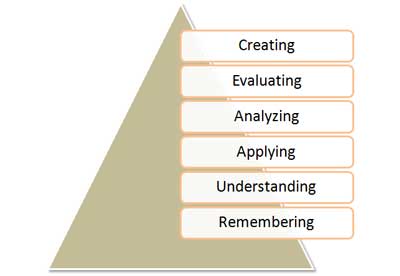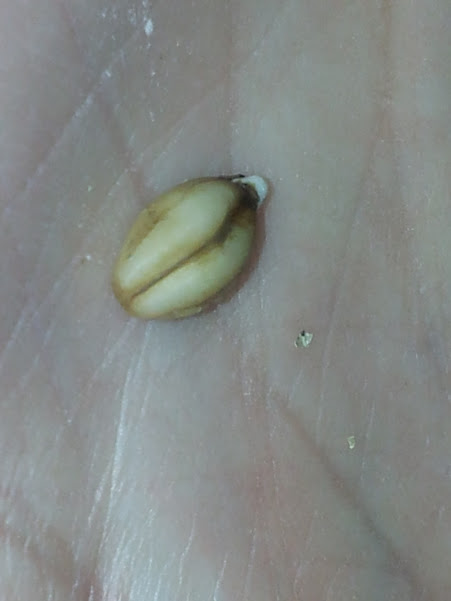While I personally am quite interested in ‘Earth, Sun and Moon’, it is one of my least favourite topics to teach in Primary School science. It is to me a ‘dry topic’. It is one of those topics that there seems to be very little actual science you can do with the children. With forces you measure friction on cars down a ramp; with dissolving you can investigate the effect of heat on dissolving salt in water; with health you can measure pulse rate after exercise.
But what can you measure for Earth, sun and moon? Particularly when it has been raining. And it has rained heavily for the last two Wednesdays. Raining on my dry topic.
The planning document that I was working from started with the sentence: “On a sunny day…” Obviously that wouldn’t wash. But fortunately I had some things to help me:
- A very large ball
- A tiny bead
- Some facts
- Google Docs
- Brain Pop
The first thing I did was to get the children to predict the relative sizes of the earth and moon, compared to the very large ball I had found in the PE cupboard.

I was pleased to see that the children predicted things wrongly, because it meant I could teach them something. So I gave them some facts – diameters even:
- Sun = 1390000km
- Earth = 12500km
- Moon = 3500km
I then showed them how I could use a Google spreadsheet to calculate that relative to the very large ball of 60 cm diameter, the Earth would be 0.55 cm (Size of sun ÷ Size of Earth x Size of very large ball) and the moon would be 0.15 cm. It took a few moments for the children to realise that 0.55cm was really very small and was only the size of a bead on a bead string. The moon was a sprinkle that you might put on a cake.

The sprinkle was particularly difficult to see, but I think it made the point.
I then used Google Docs to work out the relative distance of the Earth from the Sun. The actual distance is 150 000 000km, which means that the relative distance for a 60cm diameter very large ball is about 65m. We paced that out in the corridor, with a teaching assistant holding the Sun in position and the children coming with me to be the Earth. We had to keep 2 sets of double doors open as we did so.

Back to the classroom and how could we use this knowledge? Presented in a Google Doc was the first answer. The children all began their topic presentations to show others what they were learning.

Having seen that the children were beginning to get the relative sizes and distances of these celestial objects I wanted to move on to thinking about how the Earth moves round the sun, how it rotates and all that sort of stuff. No here’s where a shadow and some sunlight can be a helpful starting point. Still no shadows – it was still raining. But mercifully someone has invented Brain Pop.
Embedded within our Google Apps domain, Brain Pop is becoming an increasingly valued addition to our learning platform. It is especially exciting for me, being slightly obsessed with spreadsheets and data, because whenever the children finish a test, their score is automatically updated to a Google Spreadsheet that sits within my document list.

Shortly, the children had watched their first video – an effective explanation of the Earth – and were answering questions on it. Soon they had moved on to the phases of the moon. The one flaw in this – I had forgotten to bring any headphones – this meant that the inimitable sounds of Tim and Moby were soon issuing from 30 Chromebooks.
Mercifully, the rain stopped briefly and we were able to go outside and walk a quarter orbit of the sun (the field was a bit too muddy to walk the rest of the way).

James and Maruwa were able to demonstrate the moon orbiting the Earth as the Earth orbits the Sun – earlier they had been delighted when watching Tim and Moby’s explanation of the concept: “It’s just like ours,” they exclaimed.
With new-found Brain Pop enthusiasm, I’m hoping that one or two more Brain Pop quizzes will have been completed on related subjects by this time next week. And I really hope the sun shines next Wednesday afternoon.







 It seems we’re very keen in the teaching world at the moment to find ways of teaching those higher skills of evaluating and creating. But we miss the vital step between remembering things and applying them – that of understanding them.
It seems we’re very keen in the teaching world at the moment to find ways of teaching those higher skills of evaluating and creating. But we miss the vital step between remembering things and applying them – that of understanding them.











